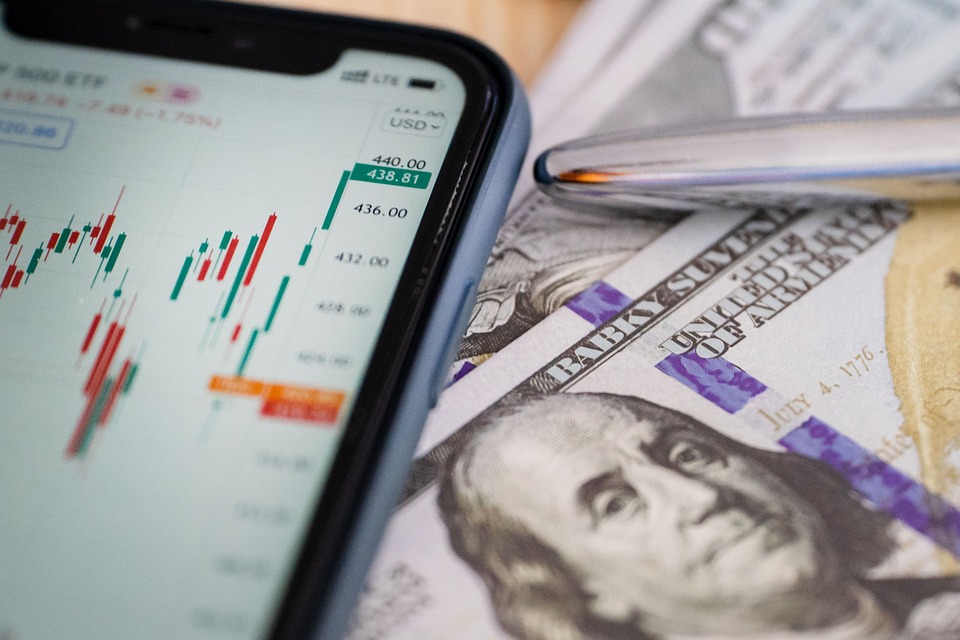Have you ever felt like you’ve been navigating a labyrinth when it comes to altcoin investments? You’re not alone. With thousands of altcoins flooding the market, investors often find themselves overwhelmed. But here’s a little secret: while Bitcoin may be the poster child of cryptocurrency, altcoins hold incredible potential for returns. Let’s dig into seven actionable strategies that can help you maximize those returns and navigate this exciting yet volatile space.
Contents
1. Do Your Homework: Research is Key
You might think that investing in altcoins is as simple as buying low and selling high. But, let’s be real—there’s so much more to it.
Why Research Matters
Understanding the fundamentals of a coin can make all the difference. Look into the project’s whitepaper, the team behind it, and its use cases. For instance, Ethereum’s smart contract capabilities revolutionized decentralized applications, making it a strong contender in the altcoin market.
Actionable Steps
- Read the Whitepaper: A good whitepaper outlines the technology, goals, and roadmap. If it’s vague or overly technical, be cautious.
- Check the Team: Research the backgrounds of the developers and advisors. A strong, experienced team can be a good indicator of a project’s potential.
- Community Engagement: Join forums and social media groups to gauge community sentiment. A strong, active community can drive a project’s success.
2. Diversify Your Portfolio
You’ve probably heard the phrase “don’t put all your eggs in one basket.” This couldn’t be truer in the world of altcoins.
Pros and Cons
Pros: By diversifying, you mitigate risks. If one coin tanks, others might perform well.
Cons: Managing multiple investments can be time-consuming and may lead to information overload.
Actionable Steps
- Choose Different Categories: Invest in various sectors like DeFi, NFTs, and gaming. For instance, pairing a stablecoin with a high-risk altcoin can balance your portfolio.
- Allocate Wisely: Don’t invest more than you can afford to lose. A common rule is to allocate only a small percentage of your total investment to high-risk altcoins.
3. Stay Updated on Market Trends
In the fast-paced world of cryptocurrency, knowledge is power. Market trends can dictate the rise and fall of altcoins.
Why It Matters
Staying updated can help you make informed decisions. For example, if a major exchange lists a new altcoin, its value may skyrocket due to increased visibility.
Actionable Steps
- Follow Industry News: Websites like CoinDesk and CryptoSlate offer the latest news. Use apps that aggregate news for quick updates.
- Use Market Analysis Tools: Platforms like CoinMarketCap and TradingView provide analytical tools to track price movements and market trends.
4. Utilize Dollar-Cost Averaging (DCA)
If the thought of timing the market makes your head spin, you’re not alone. Enter Dollar-Cost Averaging.
What is DCA?
DCA involves investing a fixed amount of money at regular intervals, regardless of the coin’s price. This strategy can reduce the impact of volatility.
Pros and Cons
Pros: It lowers the risk of making poor timing decisions.
Cons: You might miss out on larger gains during bullish runs if you’re not investing larger sums at once.
Actionable Steps
- Set a Schedule: Decide how much you want to invest and stick to it—weekly, bi-weekly, or monthly.
- Automate Your Investments: Many exchanges allow for automated purchases, making it easier to stick to your plan.
5. Leverage Staking and Yield Farming
Why let your altcoins sit idly when they can work for you? Staking and yield farming are two ways to earn passive income.
Understanding the Concepts
- Staking: Involves holding coins in a wallet to support network operations, earning rewards in return.
- Yield Farming: Involves lending your crypto to earn interest, often through decentralized finance (DeFi) platforms.
Pros and Cons
Pros: These methods can provide a steady income stream.
Cons: They come with risks, including potential loss of funds and smart contract vulnerabilities.
Actionable Steps
- Research Platforms: Look for reputable platforms with a solid track record. For example, platforms like Aave and Compound are popular for yield farming.
- Understand the Risks: Always read the fine print and be aware of the risks involved in staking and yield farming.
6. Technical Analysis: Chart Your Course
If you’re serious about maximizing your returns, learning technical analysis (TA) can be a game-changer.
What is Technical Analysis?
TA involves analyzing price charts and trading volumes to predict future movements. While it sounds complex, mastering the basics can give you an edge.
Actionable Steps
- Learn the Basics: Familiarize yourself with candlestick patterns, support and resistance levels, and moving averages.
- Use Tools: Trading platforms like Binance and Coinbase Pro offer charting tools that make analysis easier.
7. Be Wary of FOMO and Hype
Let’s face it—fear of missing out (FOMO) can lead to poor investment decisions.
Why Caution is Crucial
Hyped altcoins can be enticing, but they often come with inflated prices and higher risks. Remember the infamous Dogecoin craze? While it had its moments, it also taught many valuable lessons about hype-driven investing.
Actionable Steps
- Stick to Your Plan: Avoid making impulsive decisions based on social media trends or hype.
- Look for Substance: If a coin’s value is based solely on hype, it might not be a sustainable investment.
FAQs
1. What is the best altcoin to invest in right now?
Investing in altcoins can be subjective and depends on individual risk tolerance. Research current trends and community sentiment before making a decision.
2. How much should I invest in altcoins?
A common rule is to allocate only a small percentage of your total investment to high-risk altcoins, often no more than 5-10%.
3. What are the risks of investing in altcoins?
Altcoins can be highly volatile, and many projects can fail. Always do your research and only invest what you can afford to lose.
4. How can I keep track of my altcoin investments?
Consider using portfolio tracking apps like Blockfolio or Delta, which can help you monitor your investments in real-time.
Conclusion
Investing in altcoins can be both thrilling and daunting. But armed with these seven strategies, you can navigate the complexities and maximize your returns. Remember, the key is to stay informed, diversify wisely, and approach each investment with a critical eye. The altcoin market is ever-evolving, and while risks are inherent, the potential rewards can be significant. Happy investing!
References
- R. Chen. (2021). “The Importance of Research in Cryptocurrency Investment.” Harvard Business Review. https://hbr.org/2021/06/the-importance-of-research-in-cryptocurrency-investment
- J. Smith. (2022). “Understanding Dollar-Cost Averaging in Crypto.” Investopedia. https://www.investopedia.com/terms/d/dollar-cost-averaging.asp
- M. Johnson. (2023). “Staking and Yield Farming: A Beginner’s Guide.” CoinDesk. https://www.coindesk.com/learn/staking-and-yield-farming-a-beginners-guide/








